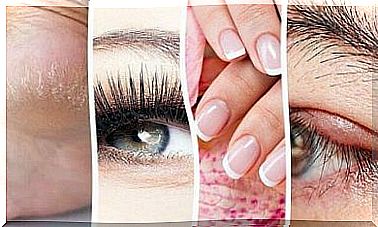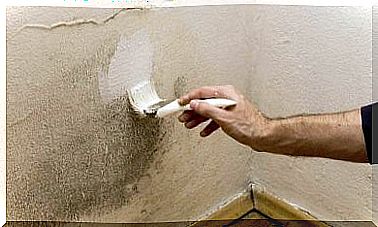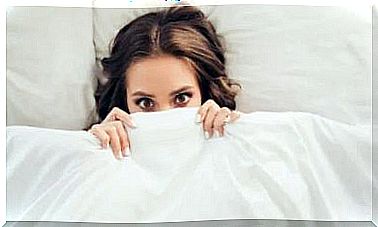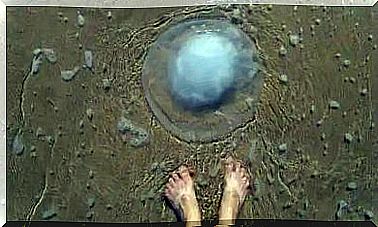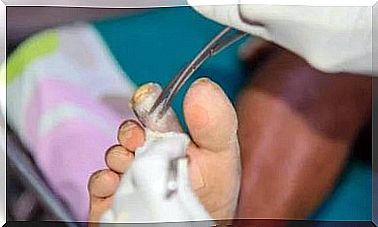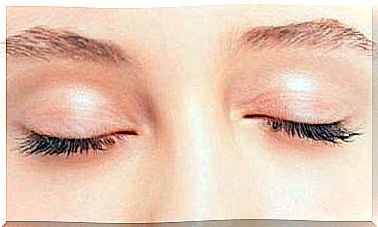Dry Needling Therapy – Description And Benefits
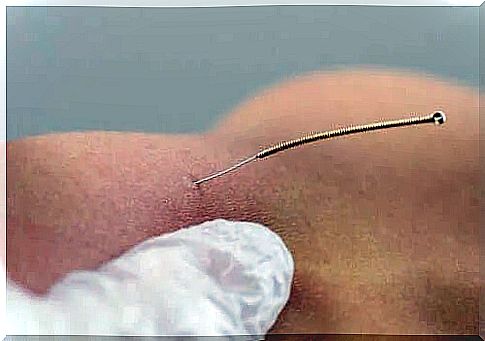
Dry needling therapy or dry needle therapy is one of the new and innovative techniques in the field of physiotherapy.
This is a new type of evidence-based therapy technique in terms of improving muscle pain. Today, you will learn more about it, as well as its usefulness as a treatment for all kinds of muscle problems.
To understand what dry needling therapy is and how it works, we need to clarify two concepts before continuing: the trigger point and myofascial pain.
Trigger points
These are hyper-irritable spots in a small area of a particular muscle. The area is a group of muscle fibers that have an abnormal tension, forming a very compact band. This is commonly referred to as contraction.
This band is painful and its trigger point is a lump that, when touched, causes a sharp pain that causes the person in question to tremble. In addition, this pain radiates in other areas that do not include the trigger point – radiant pain. It can occur along with a motor dysfunction and other phenomena, such as dizziness and nausea.
The trigger points of a muscle radiate to certain areas and provide an indication to physiotherapists about the source of the problem. For example, headaches can come from a trigger point located in a muscle, such as the upper trapezius, rotator cuff, or sternocleidomastoid muscle.
This pain may have nothing to do with the area it comes from, and the trigger points may be active or latent. An active trigger point radiates pain in other areas. Instead, a latent point does not radiate pain.
Trigger points can be triggered by acute or chronic muscle overload, direct trauma and cold. The most common trigger is chronic overload due to postural problems.

Symptoms of myofascial pain caused by a trigger point are:
- Sensitive symptoms. There is a change in the feeling of touch. For example, you are hit by something that does not normally cause pain and yet you feel that it hurts. In addition, radiant pain will appear (explained above).
- Motor symptoms. There is, among other things, a decrease in strength and difficulty in moving the affected muscle.
- Autonomous symptoms. There is rhinitis, tearing, salivation, temperature changes, sweating, piloerection (goosebumps), dizziness, nausea and redness on the skin.
- A palpable compact band in the affected skeletal muscle (a contraction)
- A trigger point
- A characteristic pattern of pain radiation (trigger point leads to pain in a certain area)
Dry needling therapy: purpose
Are dry needling therapy and acupuncture the same thing?
Dry needle therapy is a scientific technique in which a trained physiotherapist pierces the muscle to control myofascial pain. The process takes between 2 and 5 minutes and can be painful.
Instead, acupuncture is based on traditional Chinese medicine and reaches energy points only superficially, without coming into contact with the muscle. A session lasts about 20 minutes, is not painful, treats many ailments and is performed by a trained therapist.
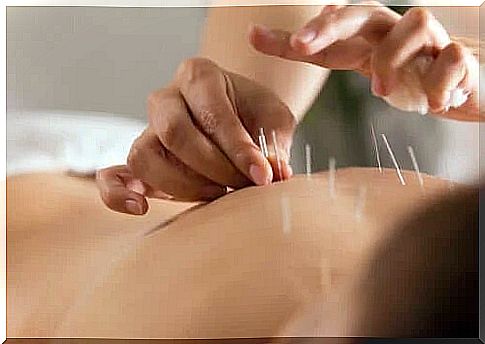
The risks of dry needling therapy
- The needle passes through the skin, and there may be small blood vessels in the muscles. The most common risk is a puncture of a vessel and causing a small bruise, which lasts about a day. This risk is more common in patients taking anticoagulants, whose blood is thinner.
- The therapist may touch a nerve branch on the way to the muscles. This causes tingling, but the sensation disappears immediately.
- Another less common risk is dizziness, which can occur during the procedure. The technical term for this is “vasovagal response”.
- There are few reported cases, but if the therapist has no experience in dry punctures of the chest muscles, his mistake could lead to pneumothorax (lung puncture).
- Post-puncture dermatitis can also occur, ie a skin reaction in the area of the sting.
- Any puncture has a risk of infection if the therapist does not apply appropriate measures to clean the area. This is also possible if the physiotherapist does not use sterile gloves and / or needles.
- Coagulation problems and anticoagulant treatment (due to the risk of bleeding)
- People without lymph nodes at risk of lymphedema (the dry area of the needle is filled with fluid that cannot be filtered because the lymph nodes in the area are no longer present.)
Is dry needle therapy effective?
- Improving the mobility of the joints close to the muscle that hosts the trigger point
- There is not enough evidence, but it seems that dry needle therapy can improve depression in patients with myofascial pain.
